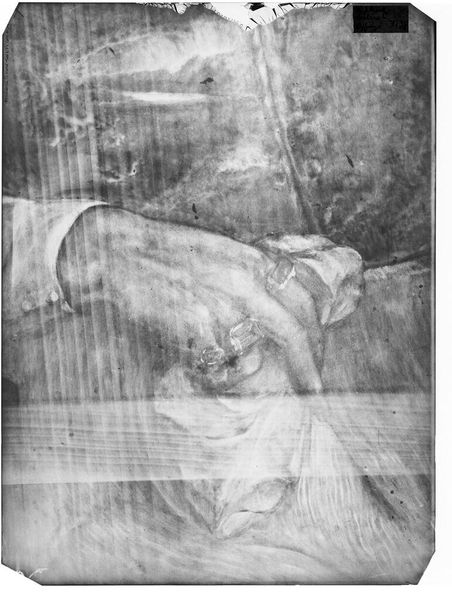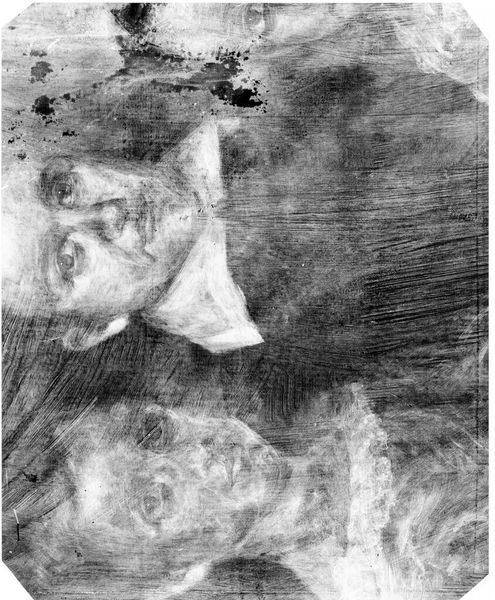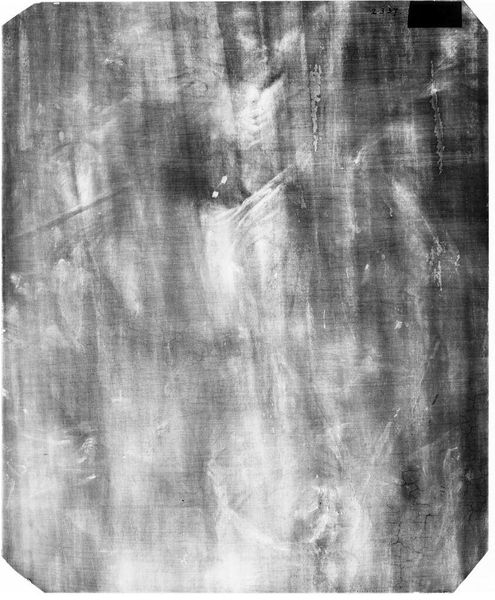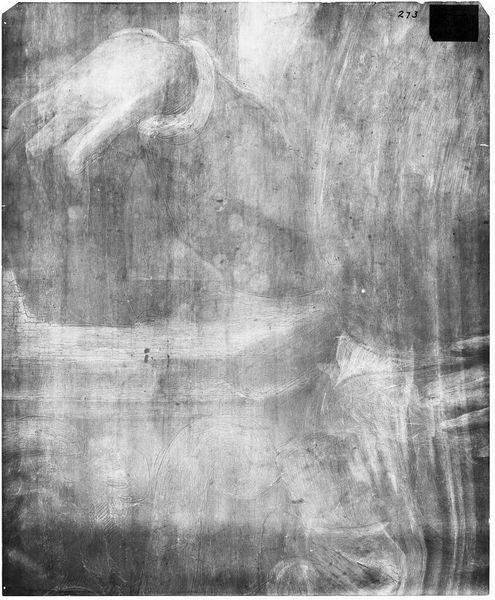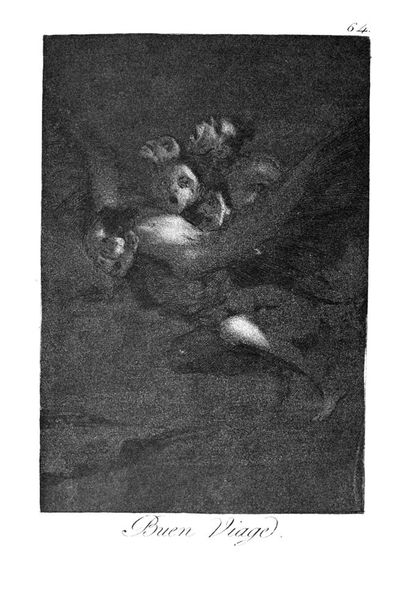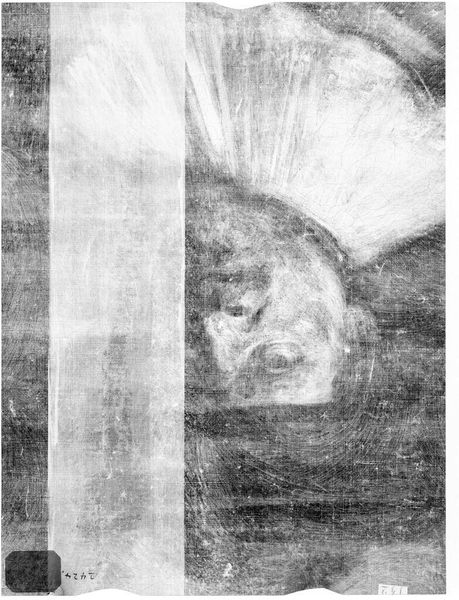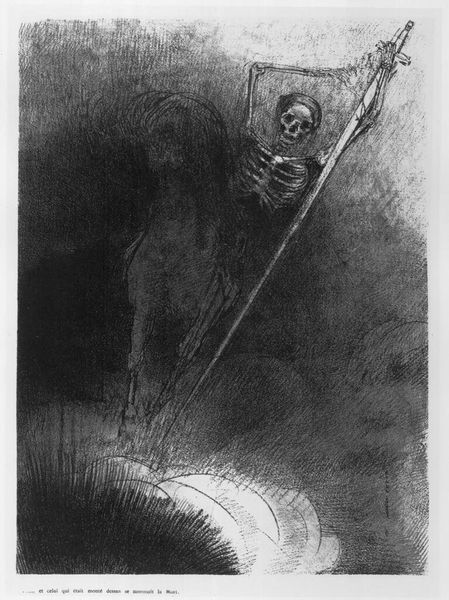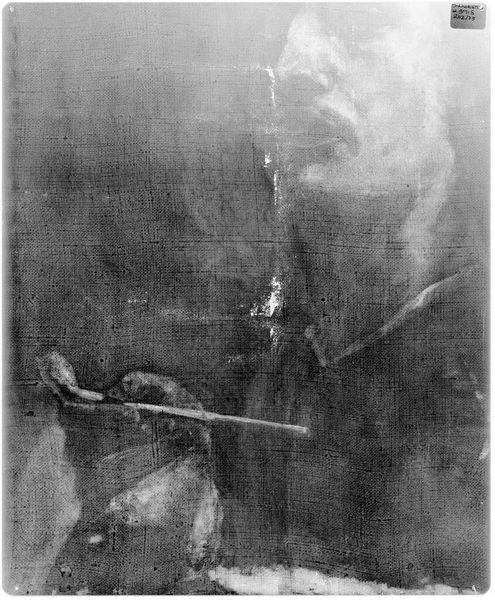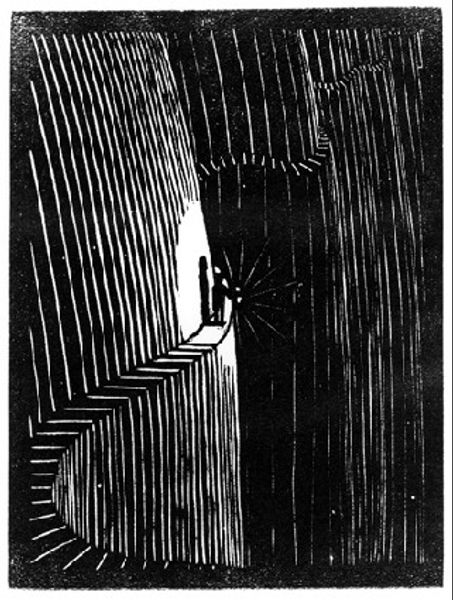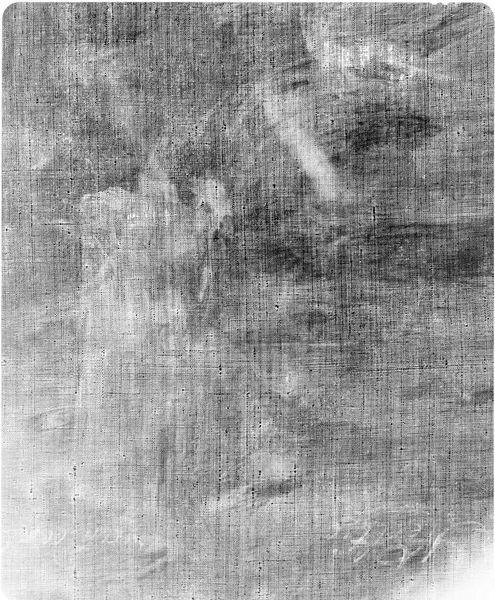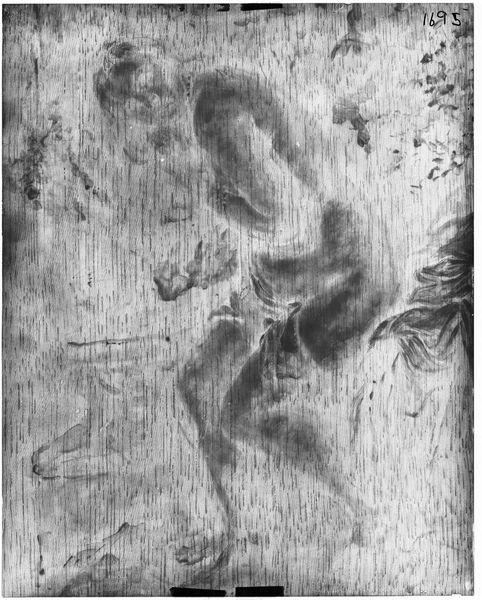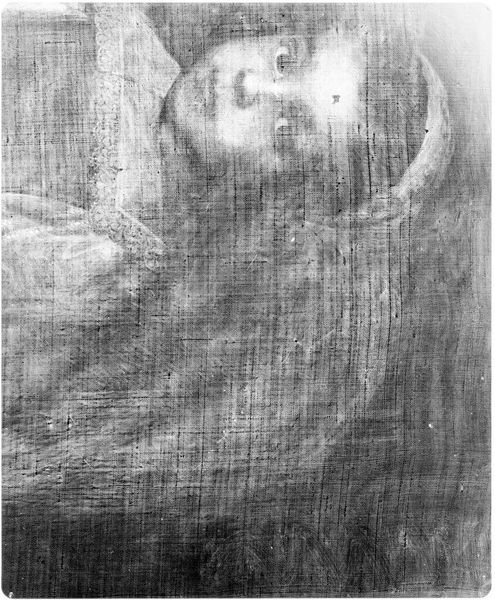
drawing, photography, ink, pencil
#
drawing
#
landscape
#
figuration
#
photography
#
ink
#
pencil
#
line
#
symbolism
Copyright: Public domain
Editor: We’re looking at Theodor Kittelsen’s "Peer Gynt 03" from 1890. It's an ink, pencil, and photography work depicting a man confronting a giant, troll-like figure. It has a frantic energy, all those swirling lines… it almost feels like a nightmare. What do you see in this piece? Curator: This work plunges us into the complex landscape of Norwegian national identity in the late 19th century. Kittelsen's illustration for Ibsen's "Peer Gynt" isn’t simply an illustration; it's a potent commentary on the construction of masculinity and the negotiation of national myths. Who is Peer Gynt, and what does he represent in this encounter with the mythical? Editor: Well, he seems like a… regular guy? Kind of overwhelmed, facing something much bigger than himself. Is it a commentary on class struggles maybe? Curator: Perhaps. Think about the social and political context: Norway was struggling for independence from Sweden. Kittelsen's trolls often embodied the wild, untamed nature of Norway, but also the perceived backwardness that some elites associated with rural culture. Is Peer Gynt, in his bravado, a symbol of the aspirational Norwegian, or is he trapped by these very myths? How does this image reflect anxieties around national identity? Editor: So the giant figure could represent internal conflicts or societal pressures? Curator: Precisely. And consider the visual language. The frantic lines you mentioned, the stark contrast between light and shadow… How does this contribute to the emotional impact of the work, and what does it say about the artist's perspective on these national narratives? How do you see that interplay visualized in his artistic choices? Editor: It really brings out a sense of unease, a struggle within himself as well as with the outside world. The shadow gives the image even more of a psychological context. Curator: Indeed. It invites us to question the romanticized versions of national identity and to acknowledge the complexities and contradictions inherent in nation-building. Editor: I see it now. I didn’t consider how it speaks to those deeper social narratives. Curator: It's about constantly engaging with art as a dialogue – a reflection of societal forces and cultural identity through the artist's subjective lens.
Comments
No comments
Be the first to comment and join the conversation on the ultimate creative platform.
